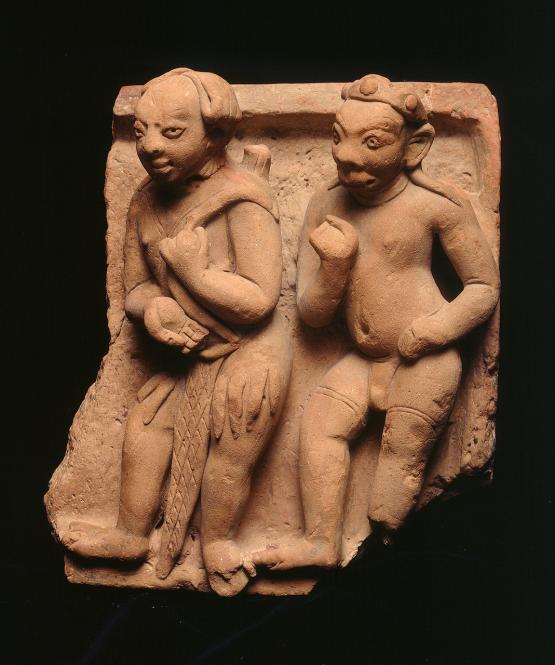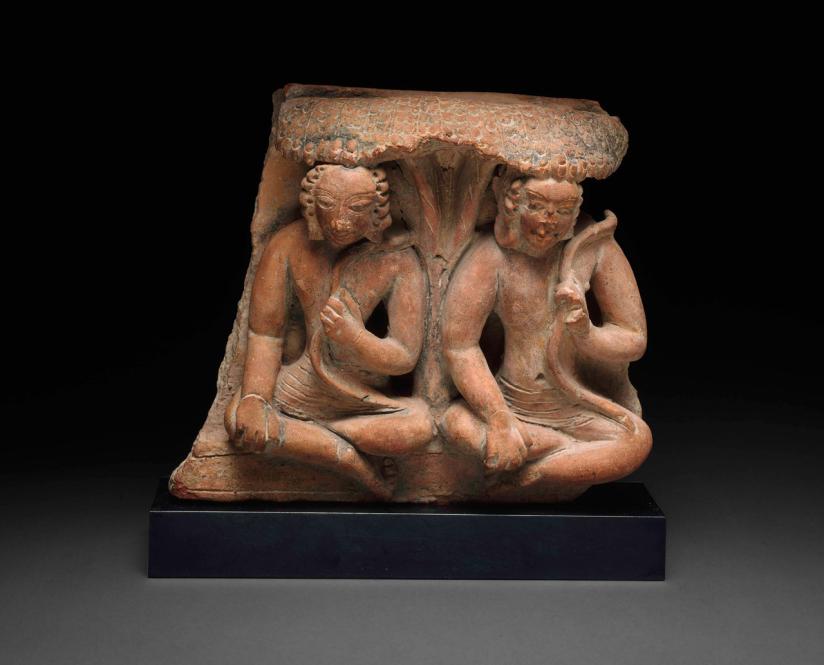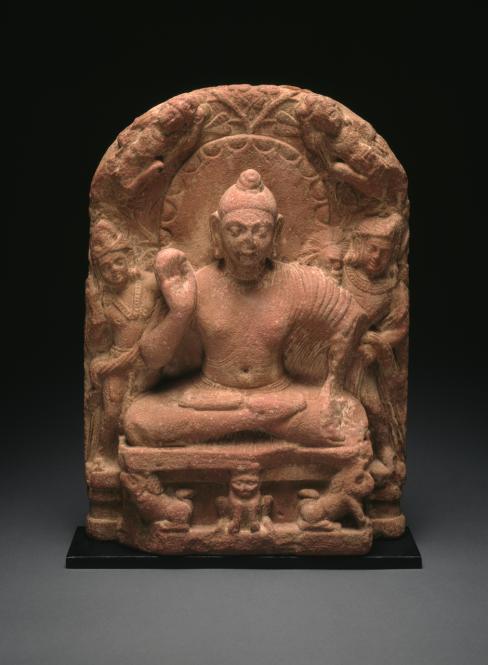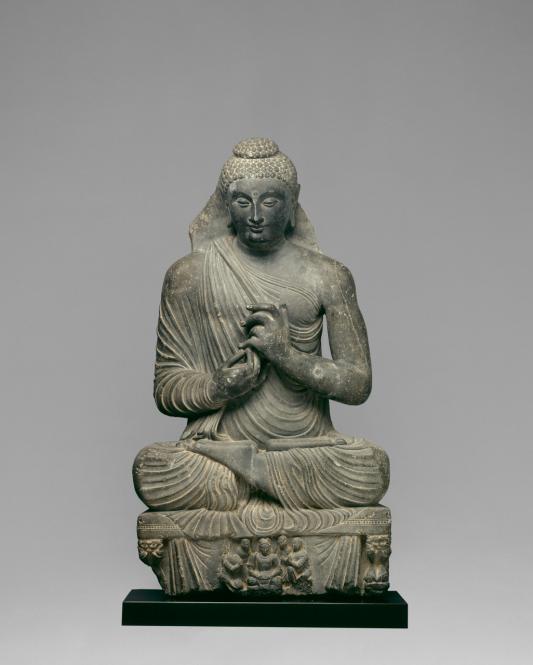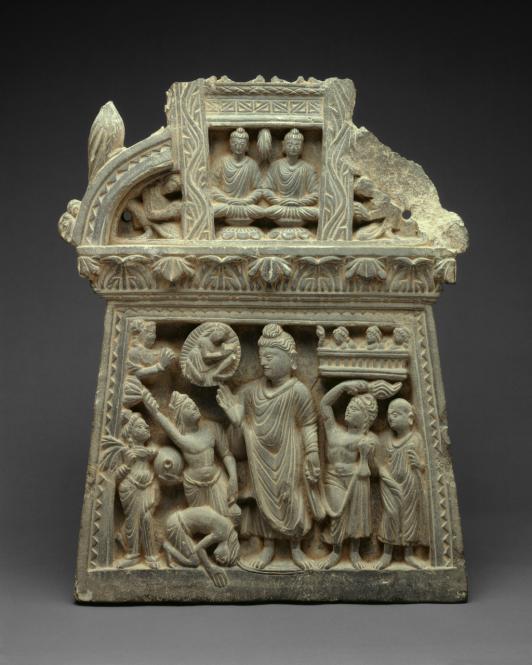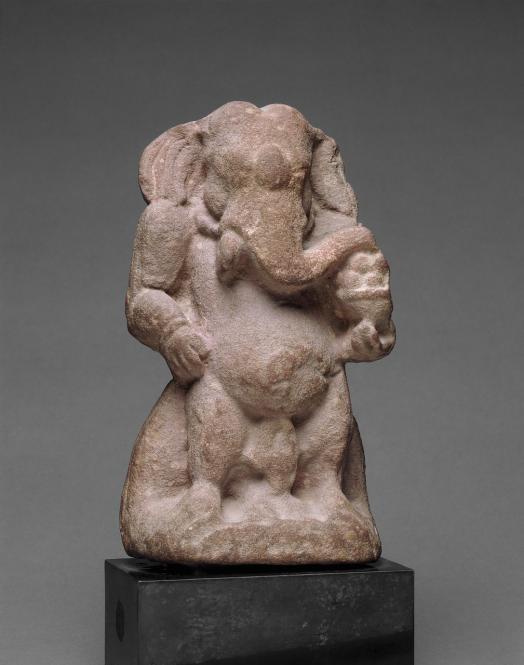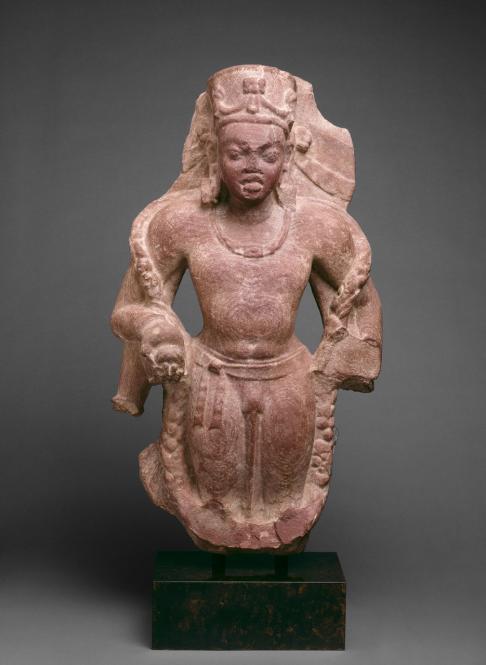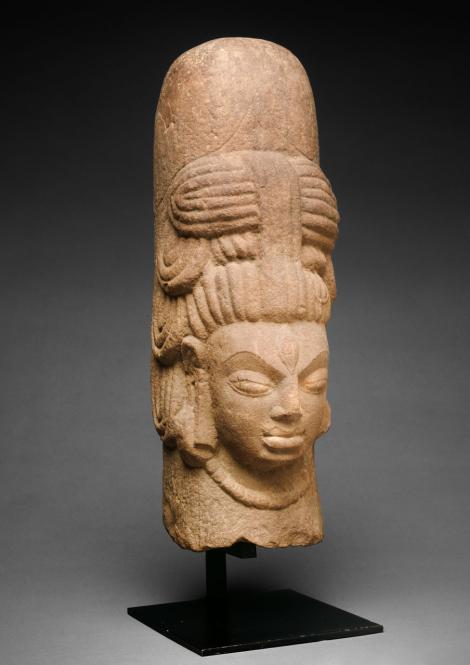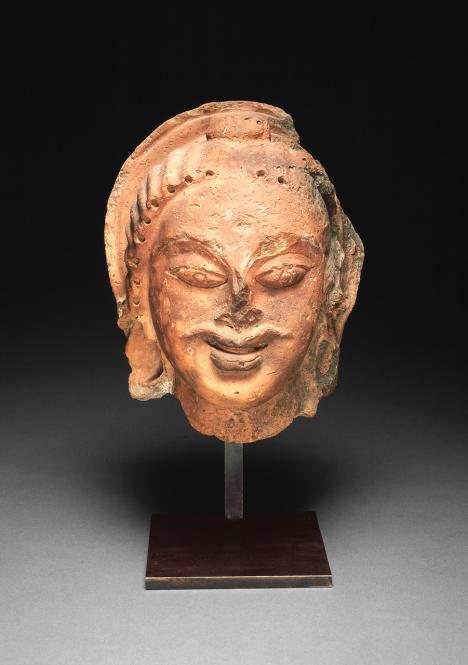2022.3
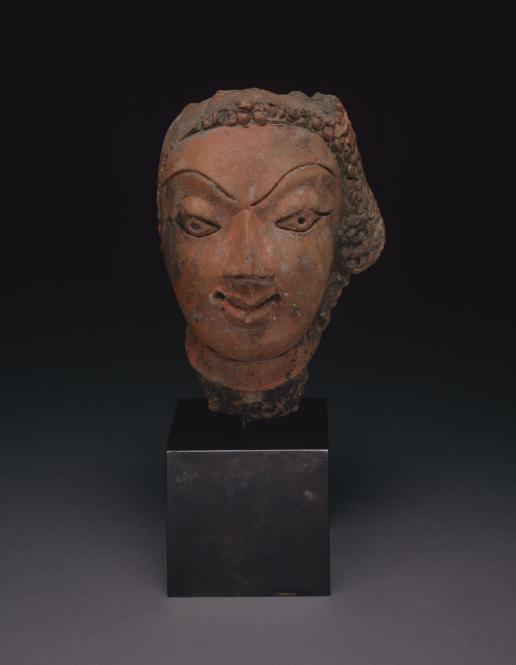
Object Title
Male Head
Measurements
17.1 x 11 x 10.5 cm (6 11/16 x 4 5/16 x 4 1/8 in.)
Creation Date
4th/5th Century CE
Credit Line
James W. and Marilynn Alsdorf Collection. Gift of Marilynn Alsdorf
Museum Name
Museum Contact
publicaffairs@artic.edu
Culture
Country of Origin
Object Type
Materials / Techniques
Object URL
https://www.artic.edu/artworks/130642/male-head
Museum's Definition of Antiquity
Created before late 6th Century CE
Provenance Information
With Spink & Son, London, Apr. 8, 1982 [this and the following according to invoice from Spink & Son, London, Apr. 8, 1982; copy in curatorial object file]; sold to James W. Alsdorf (1913–1990) and Marilynn B. Alsdorf (1925–2019), Winnetka and Chicago, IL, by 1982; by descent to Marilynn B. Alsdorf, Chicago, 1990 [on long-term loan at the Art Institute of Chicago, Sept. 23, 1983; signed a promised gift agreement for the work, 2008]; given to the Art Institute of Chicago, 2021.
Exhibition Information
London, Spink & Son, Two Thousand Years of Indian Art, Apr. 6–23, 1982, cat. 11.
Publication Information
Two Thousand Years of Indian Art, exh. cat. (London: Spink & Son Ltd., 1982), 41 (ill), 8, cat. 11.
Section of the AAMD Guidelines relied upon for the exception to 1970
Cumulative facts and circumstances
Explain why the object fits the exception set forth above
This acquisition falls within two exceptions: cumulative facts and circumstances as well as gift or bequest expected or on loan prior to 2008. First, the cumulative facts and circumstances known to the Art Institute of Chicago at the time of the acquisition allowed it to make an informed judgment to acquire the object. The object was purchased by James Alsdorf and Marilynn Alsdorf, Winnetka and Chicago, Illinois, from Spink & Son, London in 1982 according to the invoice, a copy of which is in the curatorial object file. Attempts to determine from whom the gallery acquired the object were unsuccessful. The object was exhibited at Spink & Son, London and published in their catalog Two Thousand Years of Indian Art in 1982. The object has also been publicly displayed at the Art Institute of Chicago in the Indian, Himalayan, and Southeast Asian Art Galleries in McKinlock Court from 1994 to 2005, and again in the Alsdorf Galleries of Indian, Southeast Asian, Himalayan and Islamic Art between 2008 to 2018. In addition, the object is the best example in the Art Institute’s collection of a male terracotta head from the classical Gupta period (4th/5th Century CE) of Indian art. Second, the acquisition of the object was by gift and the object was on loan to the Art Institute prior to 2008. The Alsdorfs lent the object to the Art Institute of Chicago on Sept. 23, 1983; Marilynn Alsdorf publicly promised the object as a gift to the museum in 1997; and the object joined a larger group of promised gifts in an agreement signed on Apr. 23, 2008.
